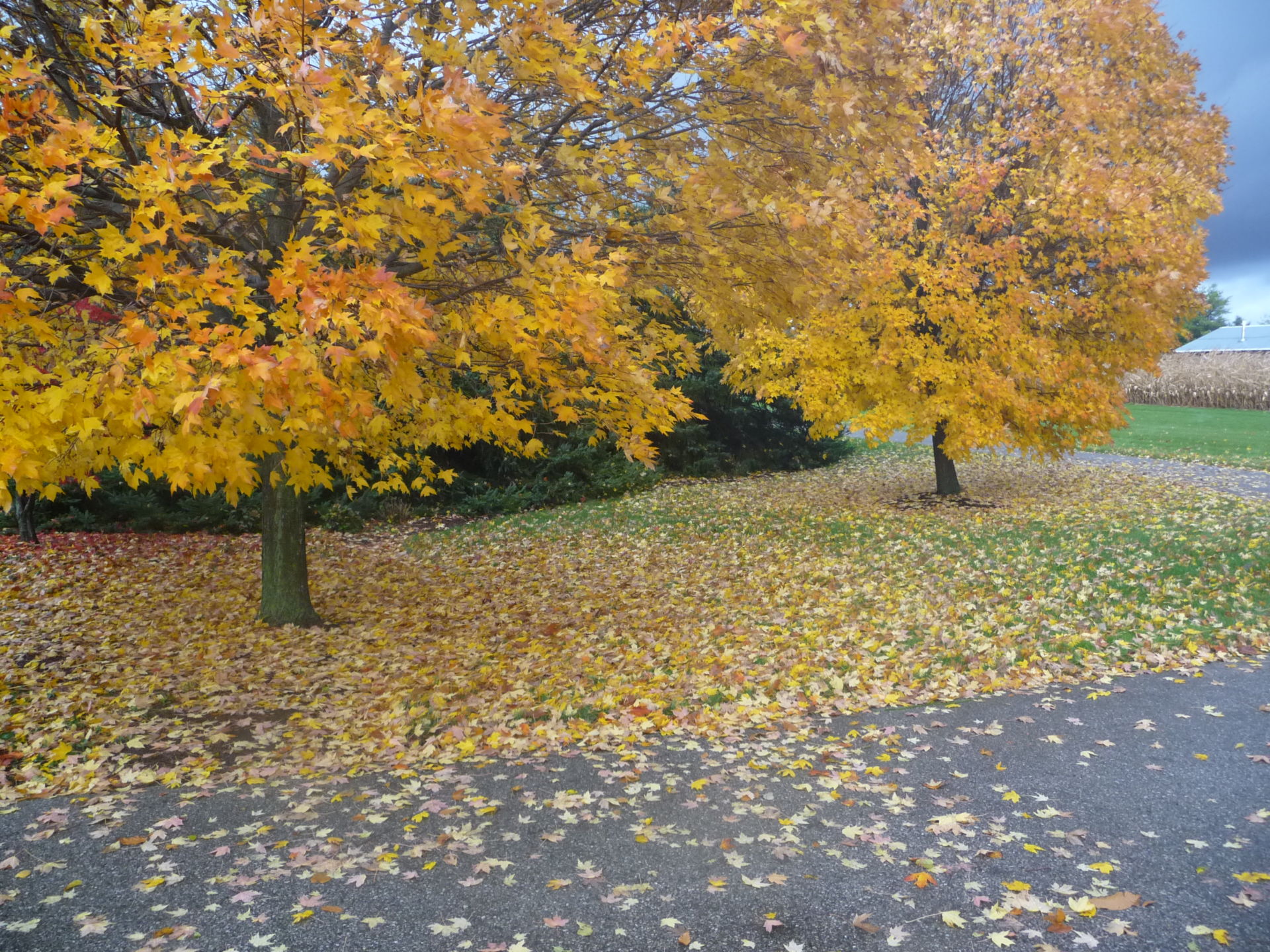Compost Leaves
Garden Clippings for November 10, 2018
All those fallen leaves. Kids love them. We adults have a love/hate relationship with leaves. We love the looks of them and we appreciate the positive role they play in nature, but the job of cleaning them up is often overwhelming.
Those of us who dutifully rake up leaves, bag them and put them on the curb may think we are doing our positive bit for the environment. Maybe yes, but maybe no.
All those bags, whether paper or plastic, require energy to be manufactured, and will be tossed in the landfill after their single use. The truck that picks up your bags of leaves requires diesel fuel to run and emits exhaust out of its tailpipe. Once the bags are opened and spread over the city’s composting facility, more machinery is required to toss and turn the product.
A wiser solution may be found in your backyard. Composting your own fallen leaves is not difficult and only requires a bit of space and some of your own personal energy.
Start by gathering leaves and putting them in a long hedgerow. Shred the leaves into smaller pieces by running over them with the mower or putting them through a commercial shredder.
If possible, mix several leaf types together. Maple, Elm, Birch, Willow, Ash and Locust will compost quickly, while Poplar, Linden and Sycamore will take a little longer. Oaks are slow. Mixing them all together will speed up the process.
Once the leaves have been shredded into smaller pieces, put down a bed of leaves about 4 inches. Add a thin layer of compost accelerator and add another 4 inches of leaves followed by another layer of accelerator.
Don’t be fussy with your accelerator. Manure would be superb, but any nitrogen rich material will do the trick. Good topsoil, last year’s compost, kitchen waste or granular organic fertilizer are good options. Don’t use sawdust as an accelerator although small amounts can be added to your leaf pile.
The ideal pile of compost ought to be sizable, at least 2 cubic yards. That’s about 20 wheelbarrow loads or about the size of a washer/dryer combo. The ideal ratio of fresh leaves and accelerator is about 5 to 1. If your compost heap consists of the right ingredients it will generate heat and will quickly turn to nutrient rich organic material.
Two other ingredients are required to make compost: water and oxygen. During the few months before winter, we usually get enough rain, but if we get a dry spell, add water. The easiest way to add oxygen is to physically turn the pile. Use a pitchfork or shovel to mix and turn the brew as often as you’d like, up to twice a week.
If all goes according to the textbook, you can transform leaves into finished compost in a month. Realistically, you can expect to reap the rewards of your efforts in spring. If you have the energy, go outside a few times in mid winter to turn the heap. A good compost pile will not freeze but will generate heat all winter.


